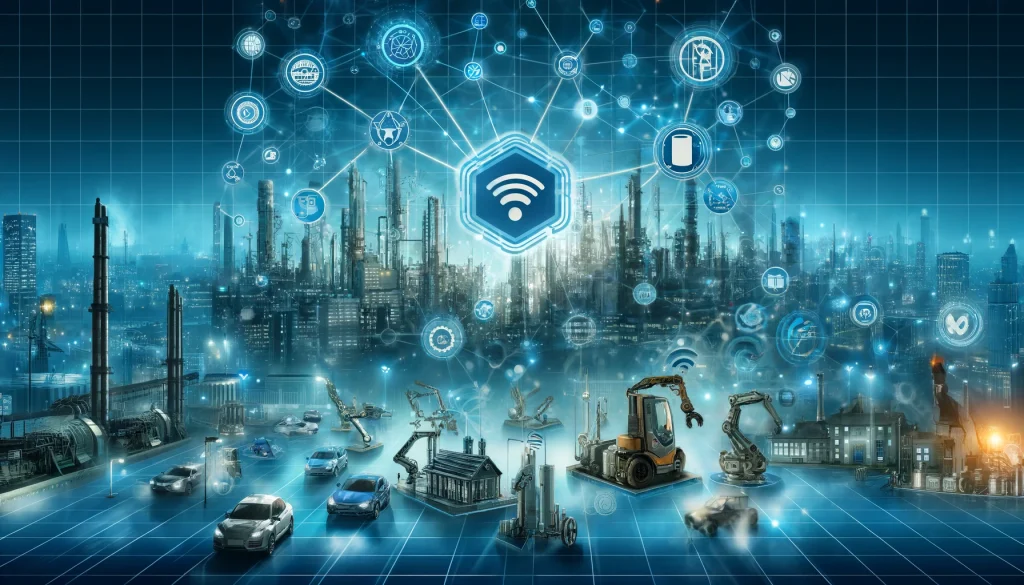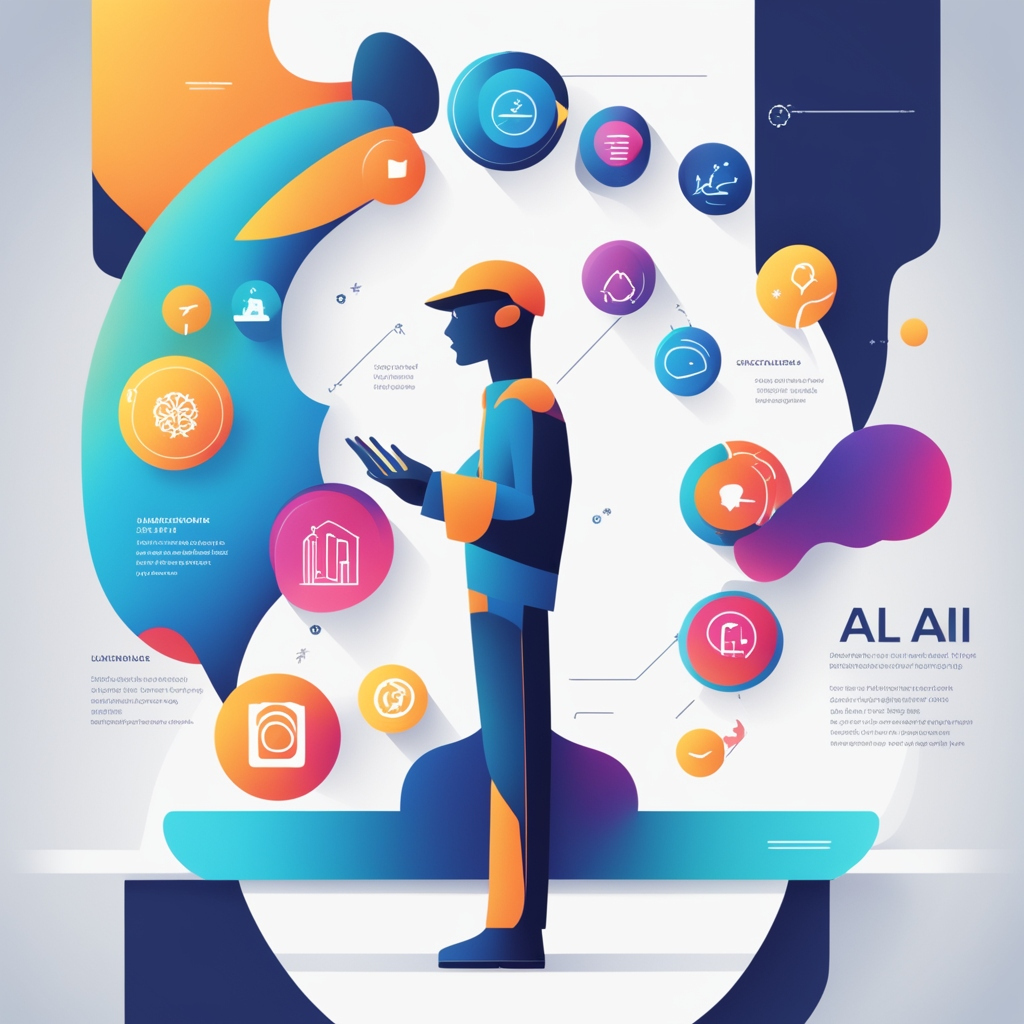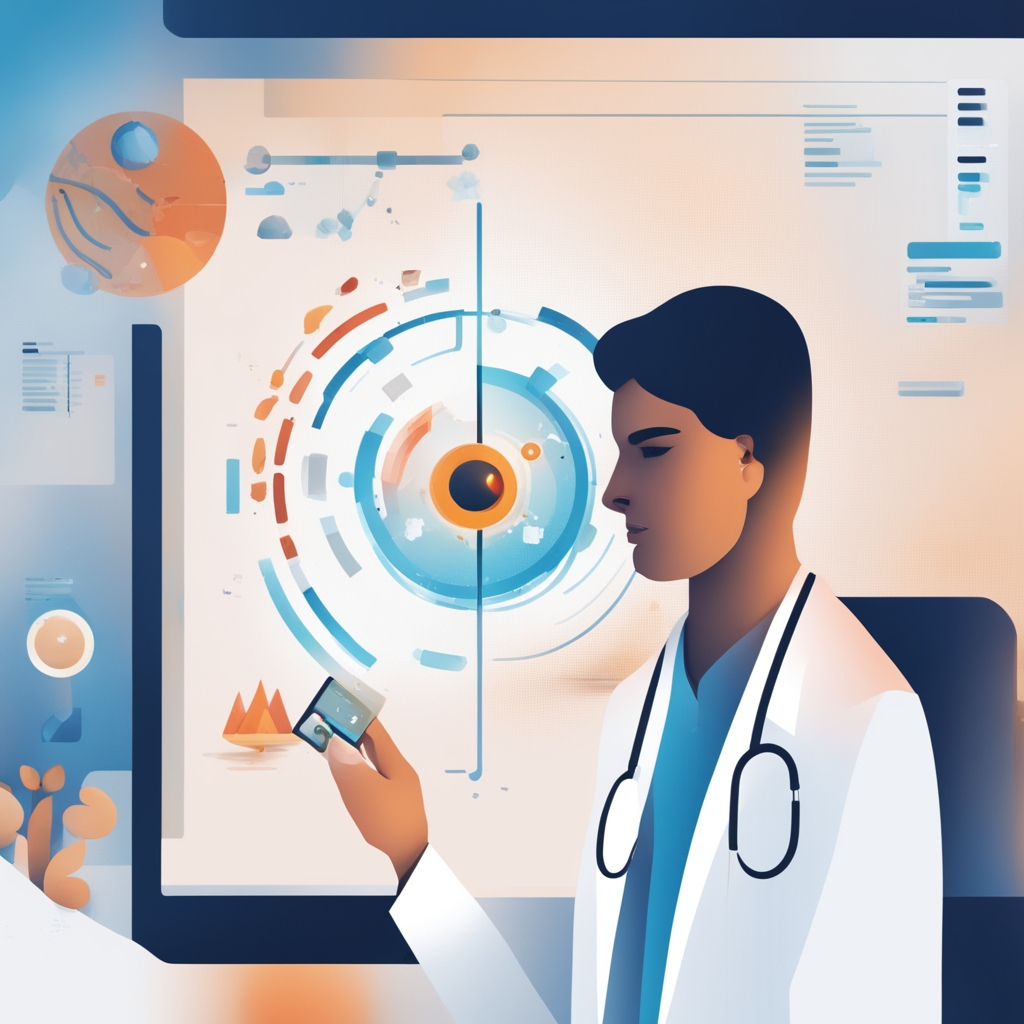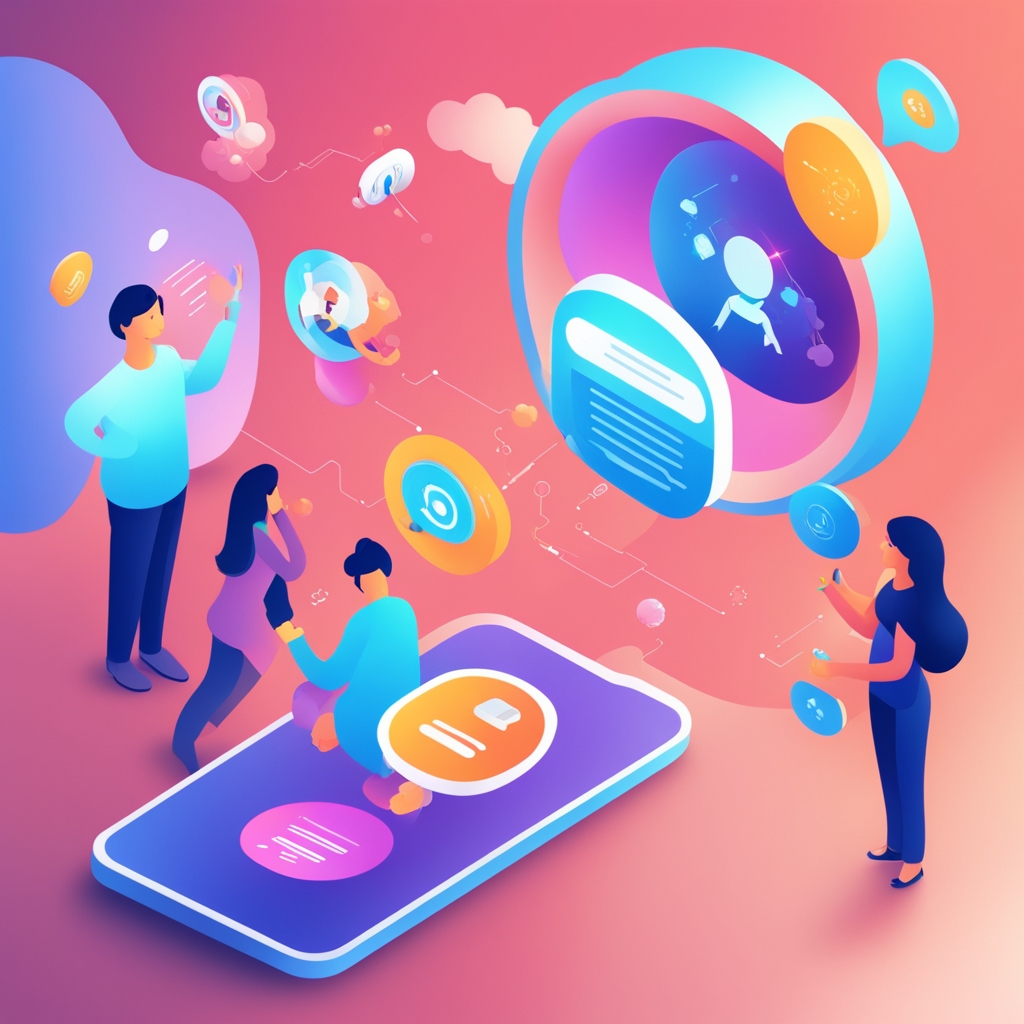Introduction
The Internet of Things (IoT) is a groundbreaking technological advancement that is reshaping our world. By connecting a vast array of devices, IoT is revolutionizing numerous industries, from smart homes to industrial automation, by significantly increasing efficiency, productivity, and innovation. This article explores the expanding network of connected devices, their profound impact on various sectors, and the latest innovations in IoT technology.
The Growing Network of Connected Devices
IoT devices are proliferating at an unprecedented rate, with estimates suggesting that over 20 billion connected devices will be in use worldwide by 2025. This exponential growth is driven by the decreasing cost of sensors, advancements in wireless communication, and the escalating demand for smart solutions. The diverse range of IoT devices includes:
- Smart Home Devices: Thermostats, security cameras, and door locks enhance home security and convenience.
- Wearables: Fitness trackers and smartwatches monitor health metrics and connect users to digital ecosystems.
- Industrial Sensors: Devices that measure temperature, pressure, and humidity facilitate industrial automation and monitoring.
- Transportation Systems: Connected cars and traffic management systems improve safety and efficiency on the roads.
- Healthcare Devices: Patient monitoring systems and medical imaging devices advance medical care and patient outcomes.
Impact on Industries
IoT technology is transforming industries by enhancing operational efficiency, productivity, and decision-making processes. Here are some significant examples:
Industrial Automation
IoT sensors and machines enable real-time monitoring, predictive maintenance, and optimized production processes. This results in increased productivity, reduced downtime, and cost savings. Smart factories, equipped with IoT devices, can detect potential issues before they escalate, schedule maintenance during non-peak hours, and ensure optimal functioning of machinery.
Healthcare
In the healthcare sector, IoT devices and wearables enable remote patient monitoring, personalized medicine, and improved patient outcomes. Wearable devices can track vital signs and alert healthcare providers to any anomalies, allowing for timely interventions. IoT-enabled medical devices can also facilitate telemedicine, making healthcare more accessible and efficient.
Transportation
Connected vehicles and intelligent transportation systems enhance safety, optimize traffic flow, and reduce congestion. IoT technology allows vehicles to communicate with each other and with traffic management systems to avoid accidents and improve traffic efficiency. Smart logistics systems use IoT to track shipments in real-time, ensuring timely delivery and reducing losses.
Retail
In retail, IoT sensors and analytics tools enable personalized customer experiences, optimized inventory management, and improved supply chain efficiency. Smart shelves and RFID tags help manage stock levels accurately, reducing the risk of overstocking or stockouts. IoT-driven analytics provide insights into consumer behavior, helping retailers tailor their offerings to meet customer needs better.
Latest Innovations in IoT Technology
Recent advancements in IoT technology are pushing the boundaries of what connected devices can achieve. Some notable innovations include:
Edge Computing
Edge computing involves processing data closer to the source of generation rather than relying solely on centralized cloud servers. This reduces latency, enhances real-time decision-making, and improves security by minimizing the amount of data transferred over networks. For instance, in industrial settings, edge computing enables real-time monitoring and immediate response to any issues, ensuring smooth operations.
Artificial Intelligence (AI) Integration
Integrating AI with IoT allows for advanced data analysis, enabling predictive maintenance, anomaly detection, and optimized operations. AI algorithms can sift through vast amounts of data generated by IoT devices to identify patterns and predict equipment failures before they occur, thus minimizing downtime and maintenance costs.
5G Networks
The advent of 5G networks promises faster data transfer rates and lower latency, which are critical for the seamless communication between IoT devices. This facilitates mission-critical applications, such as remote surgery, autonomous vehicles, and smart grid management, where rapid and reliable data transmission is essential.
Security Advancements
With the proliferation of IoT devices, security has become a paramount concern. Innovations in this area include enhanced encryption, secure boot mechanisms, and intrusion detection systems that protect IoT devices from cyber threats. Ensuring the security of connected devices is crucial to maintaining user trust and preventing data breaches.
Challenges and Future Directions
Despite the significant strides made in IoT technology, several challenges remain:
Security and Privacy Concerns
The vast amount of data generated by IoT devices raises significant security and privacy concerns. Ensuring that this data is protected from unauthorized access and breaches is a critical challenge. Future developments must focus on strengthening security measures and establishing robust privacy protocols.
Interoperability and Standardization
The lack of interoperability and standardization among IoT devices and platforms can hinder seamless integration and communication. Developing universal standards and protocols is essential for the widespread adoption and effective functioning of IoT ecosystems.
Data Management and Analytics
The sheer volume of data generated by IoT devices presents challenges in terms of storage, management, and analysis. Effective data management strategies and advanced analytics tools are needed to derive meaningful insights and drive informed decision-making.
Future Directions
Looking ahead, the future of IoT will be shaped by several key trends and developments:
Increased Focus on Security and Privacy
As IoT adoption grows, there will be an increased emphasis on security and privacy. Enhanced encryption techniques, secure data transmission methods, and robust authentication protocols will become standard practices to protect sensitive information.
Development of Open Standards and Interoperability Protocols
To overcome the challenges of interoperability, industry stakeholders will work towards developing open standards and protocols. This will enable seamless communication between different IoT devices and platforms, fostering innovation and collaboration.
Integration of Emerging Technologies
The integration of emerging technologies, such as blockchain and augmented reality (AR), will open new avenues for IoT applications. Blockchain can enhance security and transparency in IoT networks, while AR can provide immersive experiences and advanced visualization capabilities.
Conclusion
The Internet of Things is revolutionizing industries and transforming the way we live and work. As the network of connected devices continues to grow, we can expect even more innovative applications and advancements in IoT technology. By addressing the challenges and embracing the opportunities, we can unlock the full potential of IoT and create a smarter, more connected world. The future of IoT is bright, with endless possibilities that will continue to drive progress and innovation across various sectors.
Best Article of Owasoft Technologies
The Benefits of Progressive Web Apps (PWAs) for Businesses: Revolutionizing the Digital Landscape




